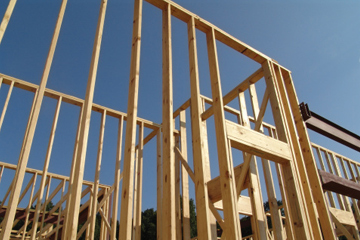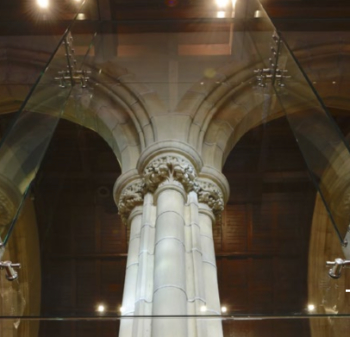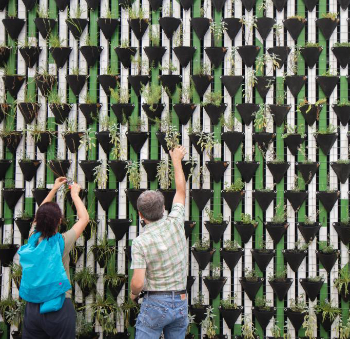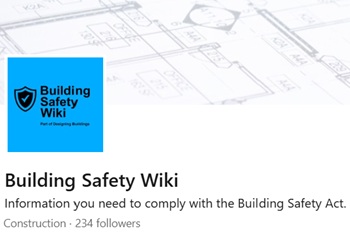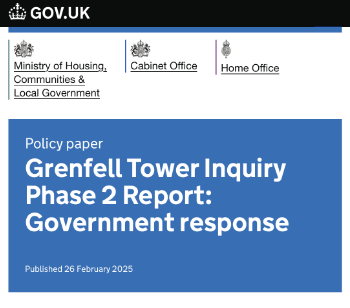Supply in construction
‘Supply’ is the flow of resources used to satisfy a demand, such as materials, labour, information, skills, and so on. It can also refer to competencies or combinations of resources. In very general terms, commodity suppliers tend to be more price focused, whilst strategic suppliers are more quality/delivery focused.
As an economic concept, supply can relate to the amount that is available at a specific price, or the amount that is available across a range of prices. Goods and services all have their own supply and demand patterns based on the principle that if the market demands something and consumers are willing to pay more for it, producers will add to the available supply. As the supply increases, the price falls provided there is the same level of demand until (in theory at least) an equilibrium point is reached at which the supply equals the demand and there is neither any wasted supply or shortages.
In the construction industry, the term ‘supplier’ refers to organisations contracted as part of the delivery of a built asset. Traditionally, suppliers were considered to be organisations contracted to provide physical supplies such as goods, materials, plant, and so on; however, use of the term is now much broader and PAS 1192-2 defines a supplier as any ‘…provider of services or goods either directly to the employer or to another supplier in a supply chain’.
For more information see: Supplier.
The term 'supply chain' refers to the interconnected hierarchy of supply contracts necessary to procure a built asset. Managing the supply chain involves understanding the breakdown and traceability of products and services, organisations, logistics, people, activities, information and resources that transform raw materials into a finished product that is fit for its purpose.
For more information see: Supply chain.
Supply chain management requires a holistic perspective and a view of organisations as parts of a process. It requires the ability to look beyond organisational boundaries, and a recognition of interdependencies.
NB The term ‘supply’ can also refer to the transmission of utilities through a network, for example, an electricity supply, water supply and so on.
[edit] Related articles on Designing Buildings Wiki
Featured articles and news
Sustainable Urban Drainage and Biodiversity
Awards for champions of these interconnected fields now open.
Microcosm of biodiversity in balconies and containers
Minor design adaptations for considerable biodiversity benefit.
CIOB student competitive construction challenge Ireland
Inspiring a new wave of Irish construction professionals.
Challenges of the net zero transition in Scotland
Skills shortage and ageing workforce hampering Scottish transition to net zero.
Private rental sector, living standards and fuel poverty
Report from the NRH in partnership with Impact on Urban Health.
.Cold chain condensing units market update
Tracking the evolution of commercial refrigeration unit markets.
Attending a conservation training course, personal account
The benefits of further learning for professsionals.
Restoring Alexander Pope's grotto
The only surviving part of his villa in Twickenham.
International Women's Day 8 March, 2025
Accelerating Action for For ALL Women and Girls: Rights. Equality. Empowerment.
Lack of construction careers advice threatens housing targets
CIOB warning on Government plans to accelerate housebuilding and development.
Shelter from the storm in Ukraine
Ukraine’s architects paving the path to recovery.
BSRIA market intelligence division key appointment
Lisa Wiltshire to lead rapidly growing Market Intelligence division.
A blueprint for construction’s sustainability efforts
Practical steps to achieve the United Nations Sustainable Development Goals.
Timber in Construction Roadmap
Ambitious plans from the Government to increase the use of timber in construction.
ECA digital series unveils road to net-zero.
Retrofit and Decarbonisation framework N9 launched
Aligned with LHCPG social value strategy and the Gold Standard.
Competence framework for sustainability
In the built environment launched by CIC and the Edge.
Institute of Roofing members welcomed into CIOB
IoR members transition to CIOB membership based on individual expertise and qualifications.
Join the Building Safety Linkedin group to stay up-to-date and join the debate.
Government responds to the final Grenfell Inquiry report
A with a brief summary with reactions to their response.







